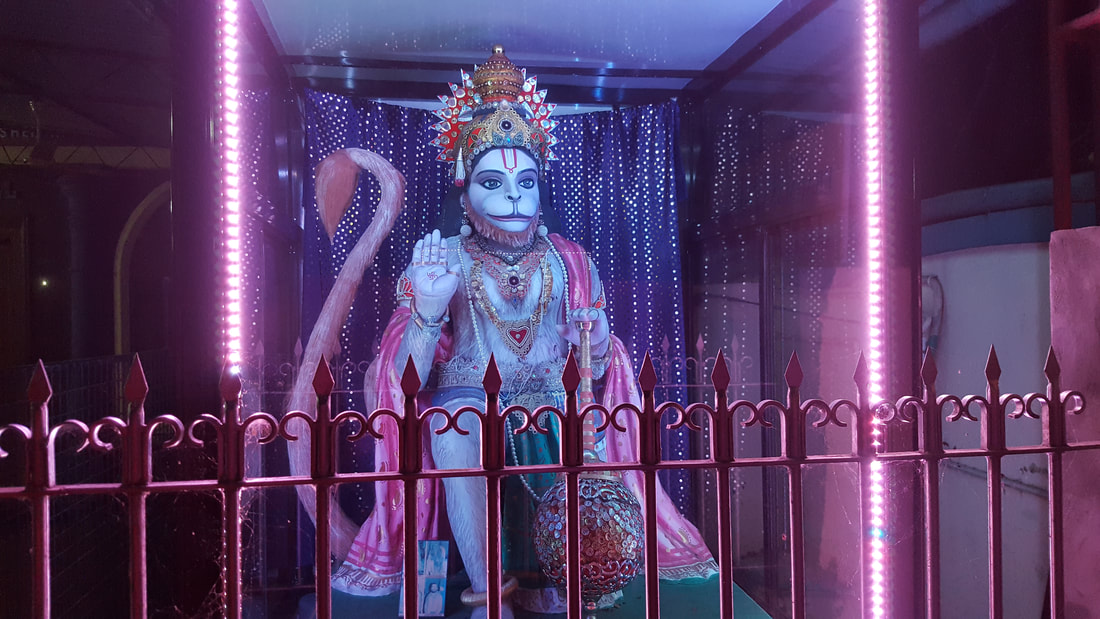|
Jai Shree Hanuman – the Chiranjeevi “ॐ हनुमते नमः” Shree Hanuman is one of the most revered deities across India. The worship of Hanuman cuts across sects and communities of Hindus. Vaishnavas worship Garuda and Hanumān alike as the mounts of Vishnu. Shaivas worship Hanuman as an incarnation of Shiva or the eleventh Rudra. Hanumān is also a manifestation of Shakti. The tantrikas worship one-headed, five-headed and eleven-headed Hanuman for spiritual attainment. Madhvacharya, the founder of the Dvaita school of Vaishnava philosophy, called himself the incarnation of Hanuman. Hanuman ji is one of the Chiranjeevis (immortals) who lives in all four ages. Besides being a popular deity in Hinduism, Hanuman is also found in Jainism and Buddhism. Outside of India, Hanuman is known in countries which were influenced by the Hindu culture such as Myanmar, Thailand, Cambodia, Malaysia and Indonesia. Hanuman as Chiranjeevi: Tulsidas ji has mentioned that splendor of Hanuman ji fills all the four ages and his glory is famed throughout the world (चारों जुग परताप तुह्मारा । है परसिद्ध जगत उजियारा ॥२९॥ Hanuman Chalisa)
The legends about the Birth, Birth places, forms of Hanuman ji is mentioned hereunder: Birth
There are four different myths about divine birth Hanuman. He was born to Anjana and father Kesari, from union of Shiva & Vishnu, Vayu’s role (wind god) in his birth, eating of divine pudding by mother Anjana (prasada of Putrakama yajna performed by King Dashratha). Birth place Multiple places in India are claimed as the birthplace of Hanuman such as Anjaneya Hill, located near the Risyamukha mountain on the banks of the Pampa in Hampi, Karnataka; Anjan, a small village about 18 km away from Gumla; Anjaneri mountain, located 7 km from Trimbakeshwar in the Nasik district; Gokarna, situated in west coast of Karnataka. Forms of Hanuman
Hanuman Jayanti is celebrated in different dates as per regional beliefs. However, Hanuman Jayanti falling in the month of Chaitra (Chaitra Purnima – March,April) is having great significance and widely celebrated across India, especially in North Indian states. On the day, devotees observe the following:
Reference:
0 Comments
Leave a Reply. |
Archives
May 2024
Categories |

 RSS Feed
RSS Feed